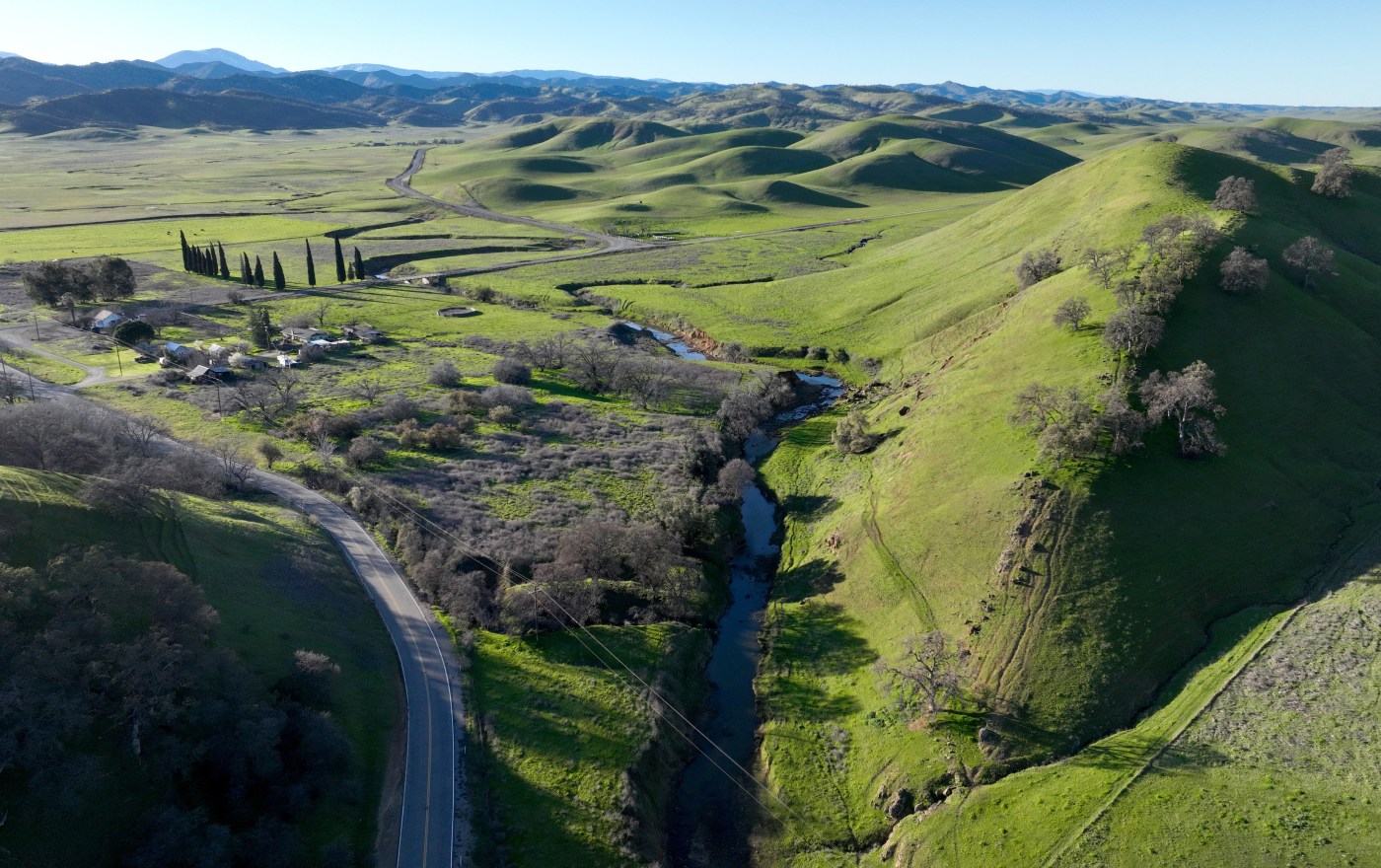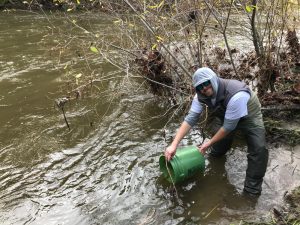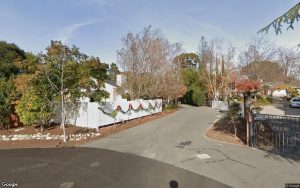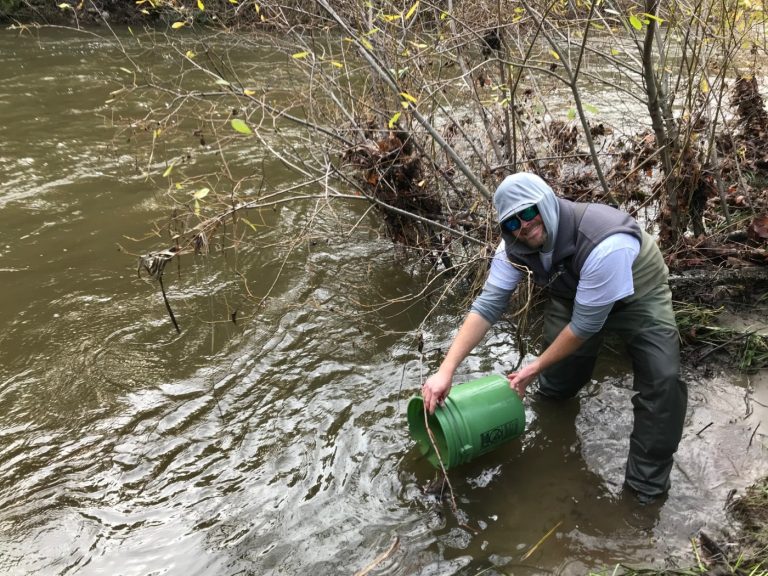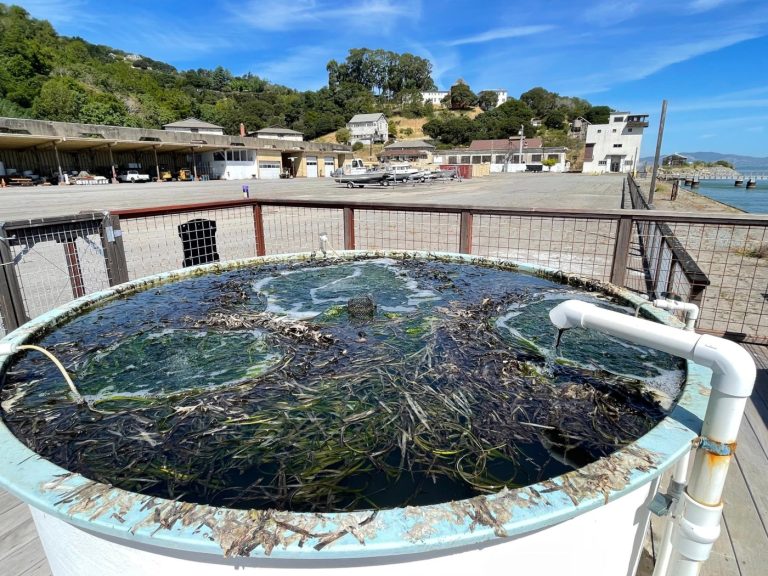When Californians voted for Proposition 1 in 2014, they had every reason to expect sound investments in climate-resilient water projects.
And all but one of the projects selected to receive the proposition’s $2.7 billion in water supply funding fulfill those criteria. They replenish groundwater basins and enhance the storage capacity of existing reservoirs to better withstand droughts — benefits that are realized by all people across the state.
Unfortunately, the one project that does not measure up — the Sites Reservoir Project — would be publicly funded to the tune of nearly $900 million. That’s fully a third of the entire water storage budget. The federal government has also pitched in another $200 million in taxpayer funds, bringing the total to over $1 billion in subsidies.
With that degree of public funding, one would expect a level of benefits equivalent to a national park. Appallingly, the main beneficiaries of the Sites project are wealthy farmers, who would use the water from the reservoir to continue unsustainable agricultural practices — like growing rice and nuts for export — to extend windfall profits. Agricultural water districts would hold rights to over 1 million acre-feet of the reservoir’s 1.8 million acre-feet of storage capacity.
Urban water districts slated to receive water from Sites will pay handsomely for their small shares, putting additional upward pressure on rates and making water even less affordable for low-income households. If these districts really wanted to support their customers, they should instead focus on additional mandatory conservation measures for water-wasting households and businesses, reducing the need for additional supplies.
Moreover, contrary to proponent claims, Sites would cause significant environmental damage. Salmon need cold water to survive. The water in Sites would simmer in 100+ degree summer heat; when released downstream to serve agribusiness interests, it would cook the fish. Also, the water in Sites will be contaminated with mercury from regional ore deposits and atmospheric deposition.
Allowing increased cold water flows from Lake Shasta to the Sacramento River is a much more cost-effective approach to fish protection than construction of a $4 billion to $5 billion reservoir that releases warm, polluted water to the Sacramento River and Bay-Delta system.
Additionally, the reservoir would release copious volumes of methane, a potent greenhouse gas. For all these reasons, multiple organizations are suing to stop the project, which received a shoddy environmental review that was fast-tracked by Governor Newsom.
Related Articles
Satellite photos: This year’s ‘average’ Sierra snowpack compared to previous years
How a different type of atmospheric river storm saved California from another drought
Will there be a ‘superbloom’ this year in California? Here’s what to know
California sets drinking water limit for ‘Erin Brockovich’ contaminant
Farmers depleted groundwater in this San Joaquin Valley county. Now a state crackdown could rein them in
Parents and taxpayers should also be outraged. The money being spent on Sites could address a long list of other societal needs, from environmental restoration to education and housing. Instead, the bond repayments will add to the crushing environmental and financial burdens we are leaving future generations. We can do better than increasing our already extravagant subsidies to wealthy farmers.
Thankfully, there is a solution. The State Water Board could and should reject the Sites project and order the redirection of the bond funds to water projects that provide cost-effective environmental and water resilience benefits.
In this era of rising water rates and increasing climate change impacts, we must stop spending billions on outdated water supply infrastructure, including Sites and the proposed Delta Tunnel. Instead, we need to reduce agricultural water subsidies, protect essential ecosystems, and invest in local water sources. The California Legislature, which is currently debating a potential climate bond for the November ballot, should take heed.
Max Gomberg is a former California State Water Resources Control Board climate adviser and a senior policy consultant and board member of the California Water Impact Network.
